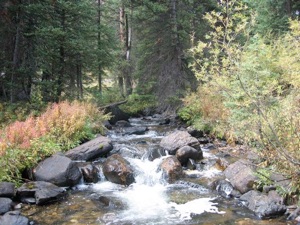PHACE is a field experiment in a native mixed-grass prairie near Cheyenne, WY combining elevated CO2, warming and irrigation treatments to better understand how semi-arid grasslands might respond to future climate changes. Such information is critical for developing management options to deal with the impacts of global climate change on western rangelands. The Williams Lab investigates photosynthetic responses of several dominant plants to the imposed treatment conditions. The work is sponsored by the USDA-ARS and DOE. Project Web Site

The Prairie Heating and CO2 Enrichment (PHACE) experiment
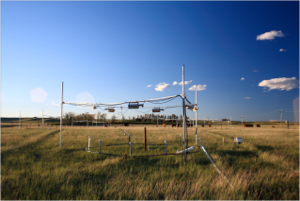
Isotopic Ecology of Columnar Cacti
The isotopic composition of spines grown serially over the lifetime of a columnar cactus records patterns of environmental change and physiological response. Our current work examines the biochemical, physiological and environmental controls on the carbon and oxygen isotope composition of spine tissue and extends the application of this approach to desert environments in Mexico and Bolivia. The work is sponsored by NSF and the National Geographic Society.
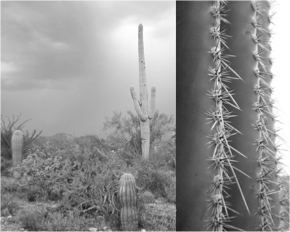

Partitioning evaporation and transpiration from the isotopic composition of water vapor

Tree responses to climate change in Australia

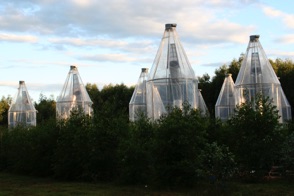
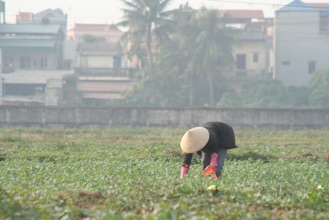
This UN IAEA sponsored project aims to develop field and laboratory methods using stable isotopes for understanding water balance of irrigated crop fields in developing countries. Traditional cryogenic and mass spectrometry methods for trapping and analyzing the isotopic composition of atmospheric water vapor are being compared to field-based laser spectroscopy. Field work has been conducted in China and Vietnam.
Shifts in precipitation and temperature and global increases in atmospheric CO2 concentration are expected to have large impacts on photosynthetic processes and water use in forested ecosystems in Australia. This work examines the combined influence of warming and elevated atmospheric CO2 on leaf and canopy diffusive limitations accompanying CO2 uptake and water loss in Eucalyptus spp. Studies employ a Tunable Diode Laser and instantaneous measurements of photosynthetic carbon isotope discrimination to monitor changes in leaf mesophyll resistance. The work is sponsored by the Australian Research Council, the University of Western Sydney and a visiting scholar fellowship to support studies by Williams.
The goal of this project is to establish a lasting center of excellence in environmental hydrology and geophysics that transforms science and watershed management in Wyoming by providing cutting-edge knowledge and tools to water resource managers and scientists in the public and private sectors. This multidisciplinary center encompasses new physical and intellectual infrastructure that enables a comprehensive research program linking surface and subsurface watershed hydrology, geophysics, remote sensing, and computational modeling. Project Web Site
The Wyoming Center for Environmental Hydrology and Geophysics
WyCEHG

